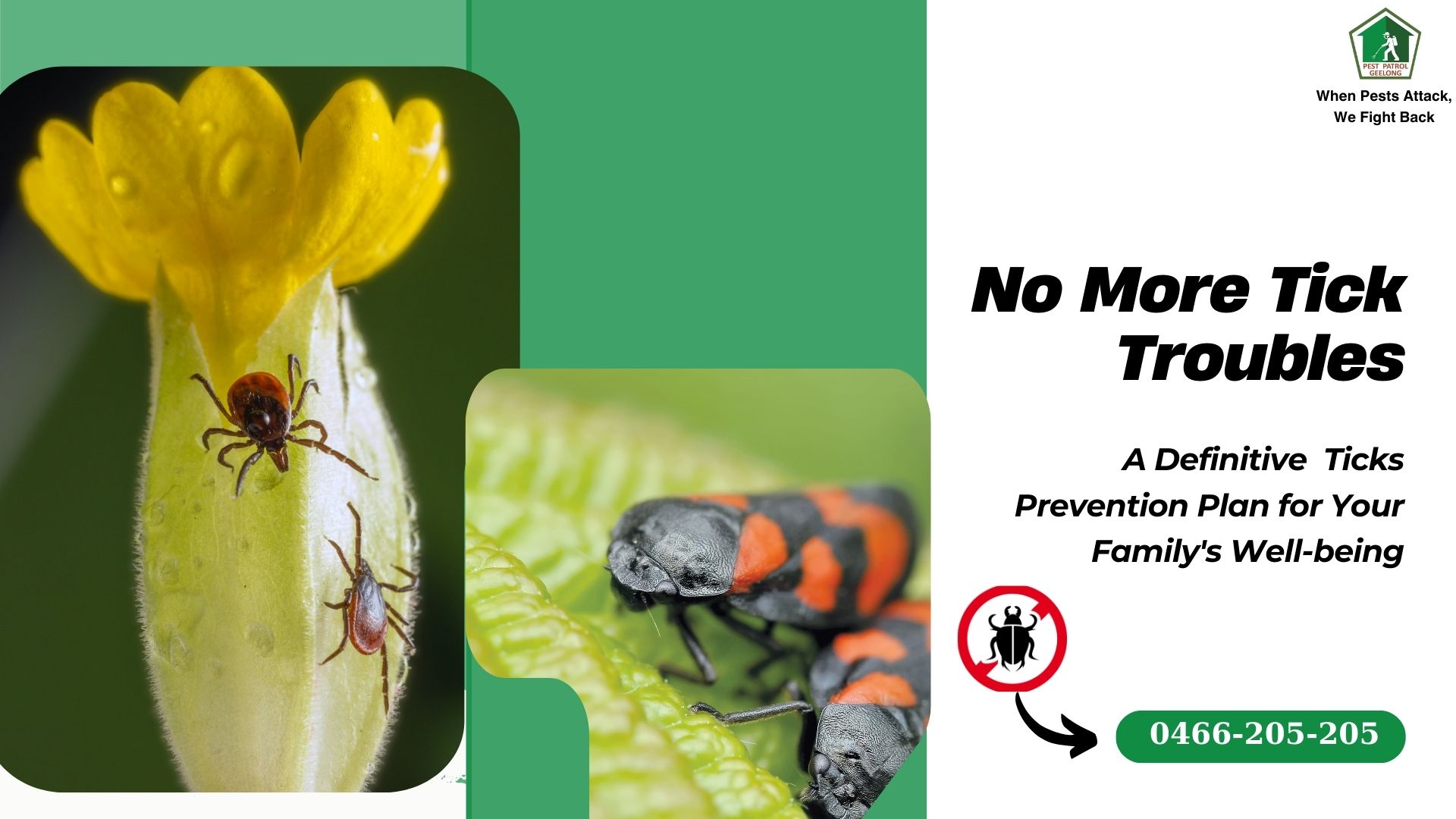When you are busy enjoying nature outdoors, someone is eyeing you.
Wondering who?
Well, wherever you go, ticks follow.
These minuscule yet deadly vectors carry diseases and pose serious health risks not only to us but also to our families as well as pets. Preventing tick bites is not only a question of convenience but also an essential measure in preserving our own health.
In this blog, we will explore ticks prevention techniques and tips that work to keep ticks away from you and your pet being outdoors safely. We will discuss everything from tick environments to protection measures and make your outdoor activities fun without ticks.

Understanding Ticks and Their Risks
Ticks are the representatives of subphylum chelicerata, which represent a small group of arachnids that inhabit woodlands or meadows and heavily vegetated ones. They thrive in habitats that allow them to stick to passing animals or even human beings. If talking of health risks, ticks are referred to as vectors for many diseases.
Some of the most common include Lyme disease, which is caused by bacteria called Borrelia burgdorferi after a bite from an infected black-legged tick. Other tick-borne diseases include Rocky Mountain spotted fever, anaplasmosis, ehrlichiosis, and babesia. These illnesses range from minor to major complications, and, as such, ticks prevention is an essential consideration, particularly where ticks are prevalent.
Prevention Strategies for Your Family
It is necessary to undertake personal protective measures in order for you and your family members not to be infested by ticks, especially when going into areas of high prevalence.
1) One of the prevention strategies is dressing properly. Choose long-sleeved shirts and dress pants, including tucking of pants into socks to create physical protection from the tick. Wearing light-coloured clothes could help to detect ticks before landing on the skin.
2) Tick repellents are another efficient method. DEET, picaridin and permethrin products are effective against ticks. Use DEET repellents on exposed skin and permethrin-treated clothing, as well as gear for additional security. Careful compliance with instructions is critical, particularly when using these products in children.
3) Routine body scans after going outdoors are essential. Ticks tend to seek out other areas where it is warm and dark, such as the scalp or armpits. Thorough checking can allow early detection and removal of ticks, leading to a significant reduction in the risk of transmission.
Adding these habits to your outdoor activities can reduce the likelihood of tick bites for you and your family in most cases.
Protecting Your Pets from Ticks
Like people, pets are prone to tick bites. Animals can become tick-infected after spending time outdoors, particularly in the woods or at a park with lots of grass. You need to monitor your pets regularly. Check areas such as the ears, neck, and between toes because they are the most common hiding spots for ticks.
There are various ways through which your pets can be protected:
1) Tick collars are one of the most popular options; they release substances that repel or kill ticks. These spot-on treatments are directly applied to the animal’s skin, usually between shoulder blades, and ensure one month of protection.
2) Another layer of protection can be offered in the form of oral medications prescribed by a vet that will kill ticks stuck to your pet.
3) Every time you discover a tick on your pet, it must be eliminated in the right manner. Using tweezers with fine tips, grab the tick as close to your pet’s skin surface as possible and pull upwards gently but firmly. Do not try to twist or jerk the tick away because some of it may remain attached to your skin. After removal, wash the area with soap and water. Clean your hands properly with soap and dispose of the tick carefully.
4) If you are not sure how to remove a tick, speak with your veterinarian for guidance and the best preventative products suitable for them.
Conclusion
Ticks pose a great threat to the health of both humans and pets, so dealing with them is important for everyone’s wellbeing. Proper dressing, the use of tick repellents for ticks prevention, and the practice of doing body checks are important human measures for keeping ticks away. Pets require regular checks, as well as tick collars, spot-on treatments or oral medications.
The threat that ticks pose via disease transmission cannot be downplayed, and persistent prevention attempts are necessary. It is highly advisable that you keep yourself updated with ticks prevention and also consult a medical or veterinary professional when in need of personalized advice for the wellbeing of your family as well as furry members.
But what to do if the tick infestation has spread beyond your control? Well, fear not when Pest Patrol Geelong is here. Our professionals are trained to rescue your family, pets, and property from any kind of infestation. Reach out to us now at 0466-205-205 and see us in action in the blink of an eye.

